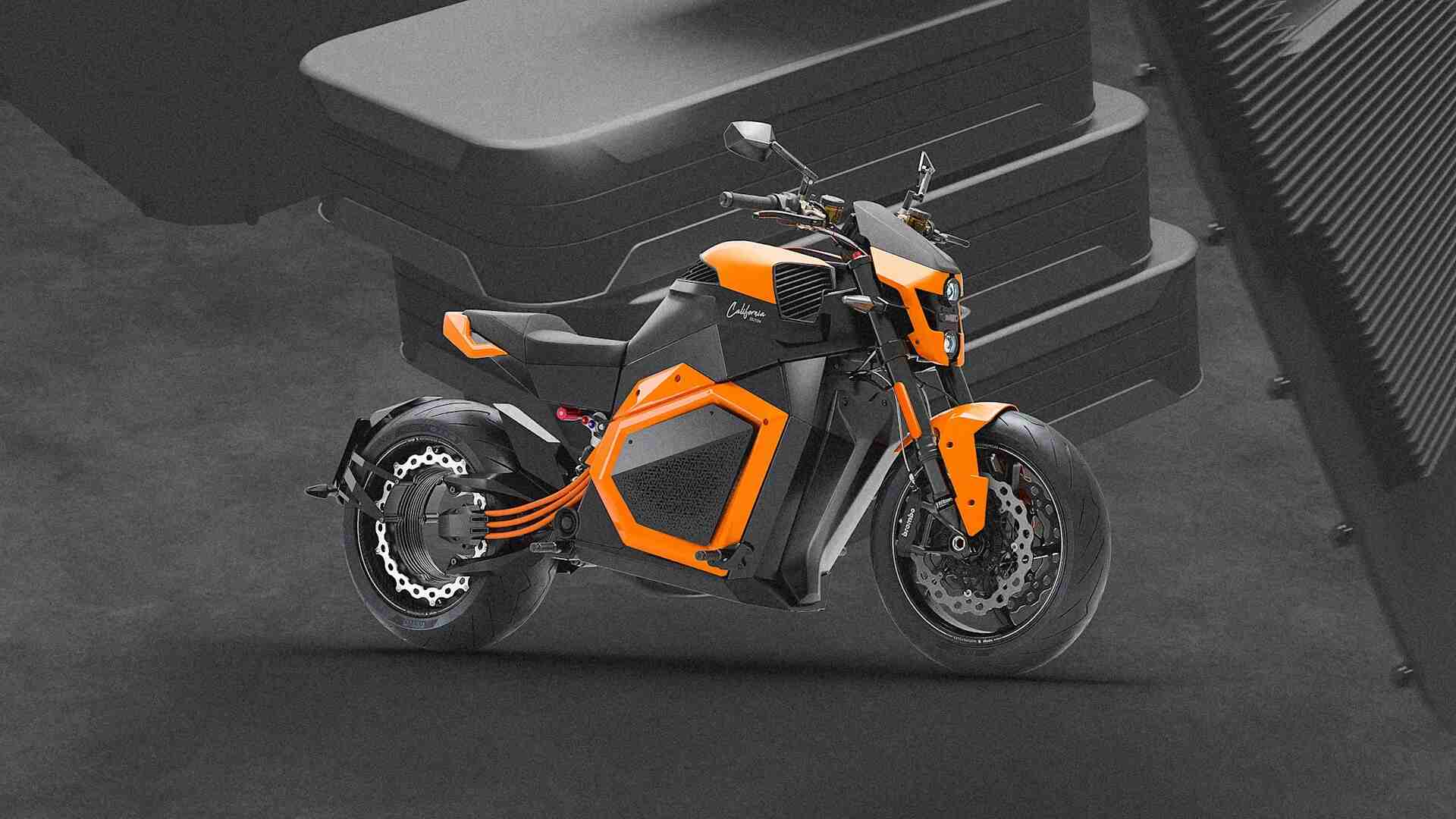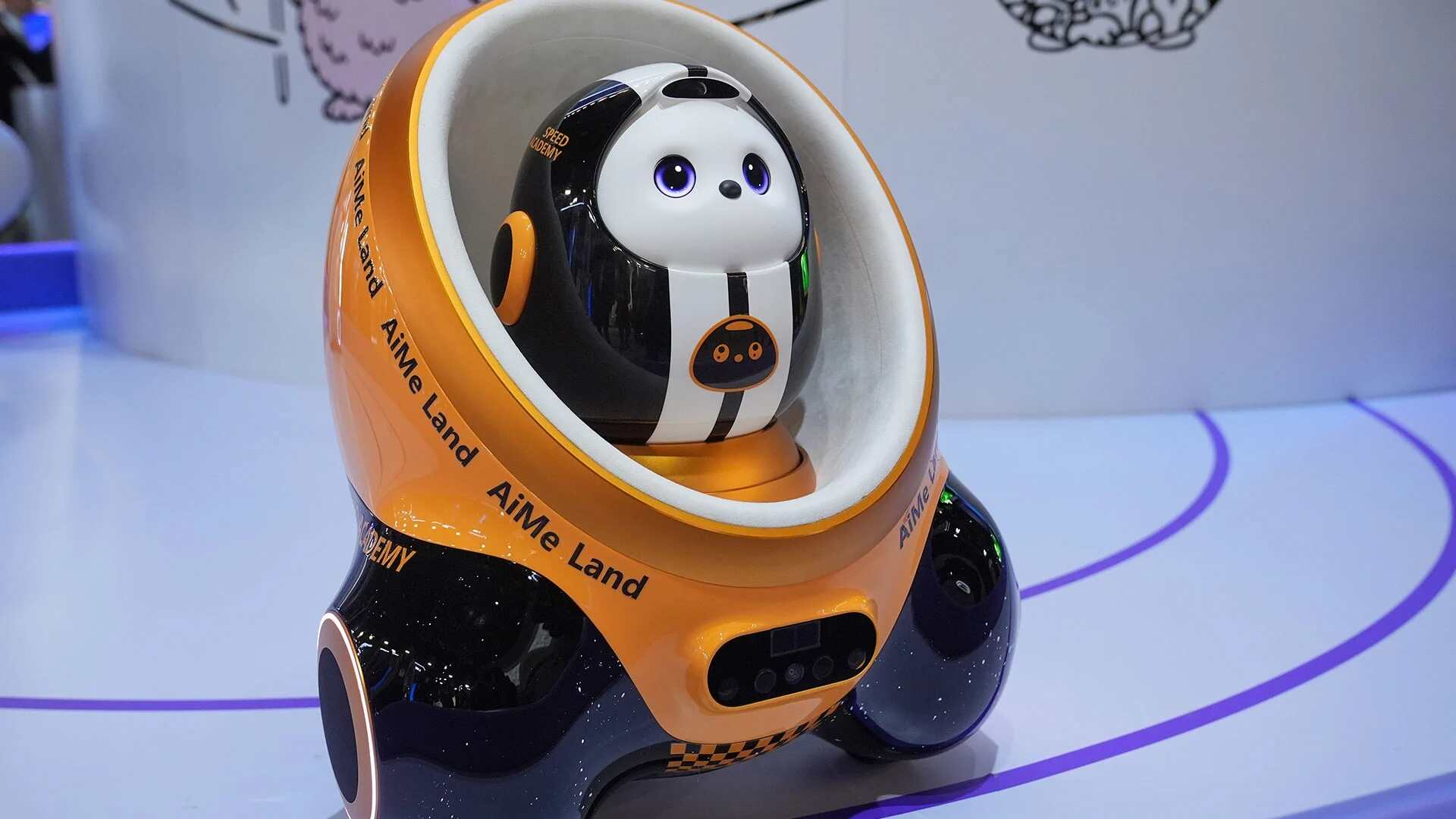- | 8:00 am
The iPhone Air misses the point
A thinner iPhone seems like classic Apple design strategy. It’s anything but.
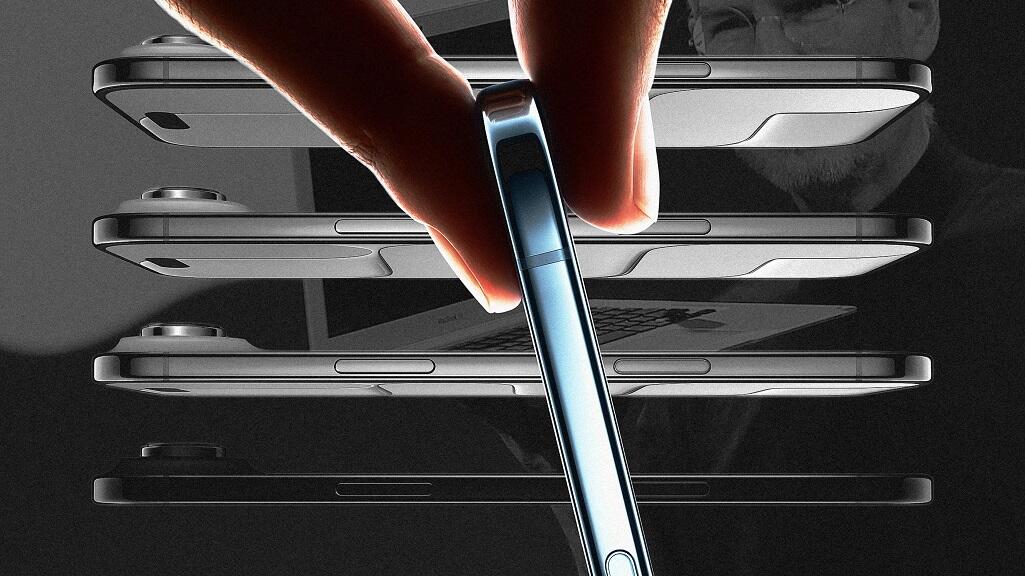
Some say there are no new ideas. When it comes to the iPhone Air, maybe they are right.
Announced today, the iPhone Air will debut on September 19 for $999. Its selling point? The iPhone Air is 5.6 millimeters thick. Except for the camera—that part still sticks out.
“Truly amazing” and “unlike anything you experienced before,” according to CEO Tim Cook, the iPhone Air is Apple’s attempt to reignite excitement in the iPhone business, which hit a six-year low in new activations last year as people decided to stick with their perfectly adequate phones for longer.
On one hand, a thinner iPhone seems to be a page right out of the playbook of Steve Jobs and Jony Ive. “This is classic Apple!” you might think. Thinness was a gimmick during Apple’s golden age, but it was a beloved one. Apple might have advertised thinness as a feature, but it didn’t define the design unto itself. Thinness was but one advancement that enabled it to rethink entire product categories.
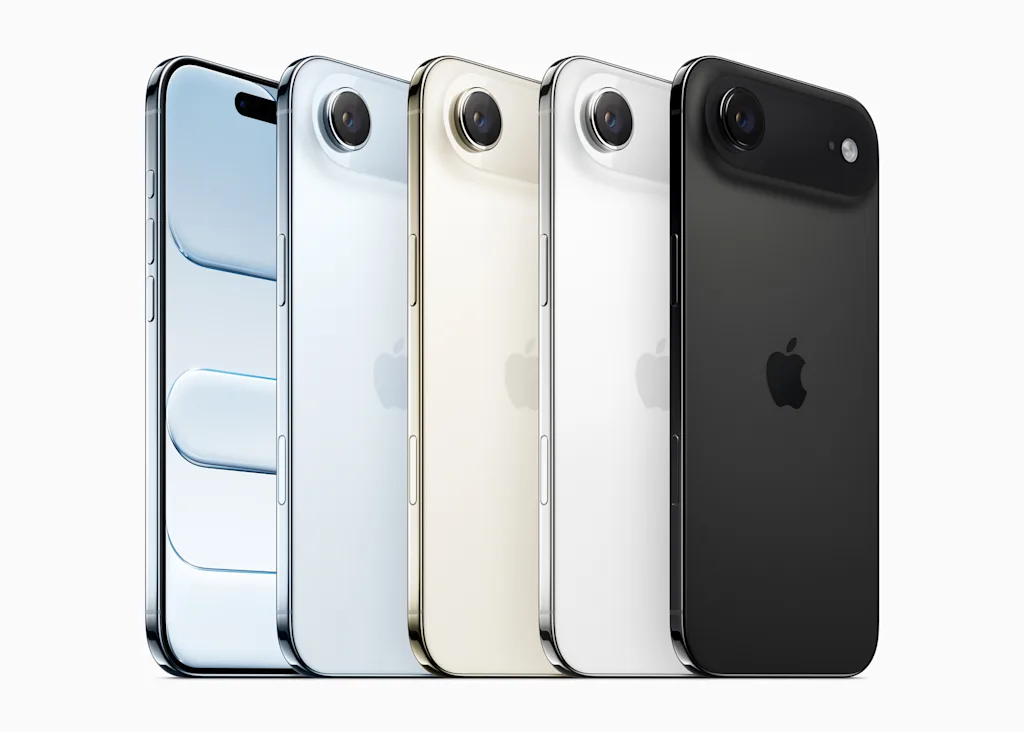
Apple was always about more than thin
Apple’s obsession with thinness started in 2001 with the iPod. The first iPod was remarkable in comparison with anything we’d seen. It squeezed a thousand songs into something the size of a deck of cards. But it was still a hefty thing—a modified laptop hard drive that was still a third of a pound in your hand.
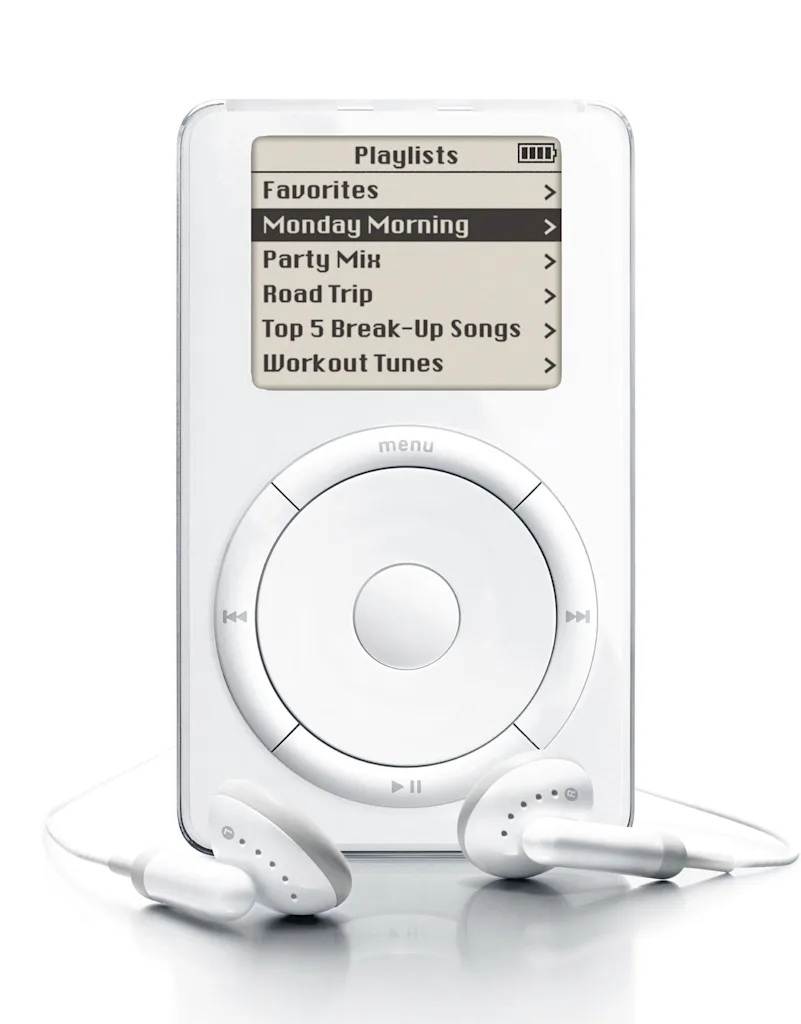
Over several generations, the iPod thinned out significantly, to the point where its entire effect felt less like a cleverly packaged computer component and more like a product with its own uncompromising design language. (I’m biased, but the third-generation iPod will always be a personal favorite for its almost jewelry feel and glowing orange buttons.)
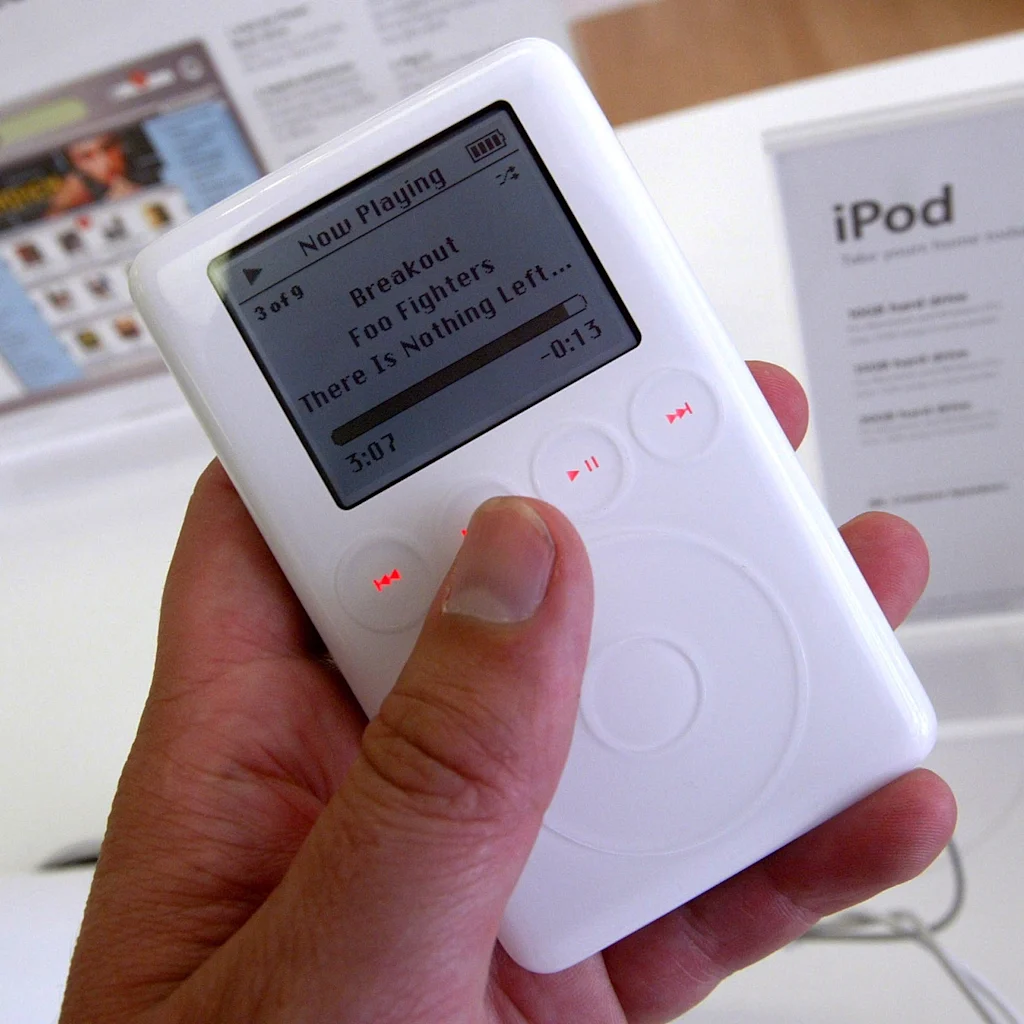
Still, Apple kept going. It introduced the much smaller iPod Mini in 2004 (with a unique 1-inch “microdrive” hard drive). It was more diminutive, but also more expressive in candy colors. It edged toward some platonic ideal of what music in your pocket should be.
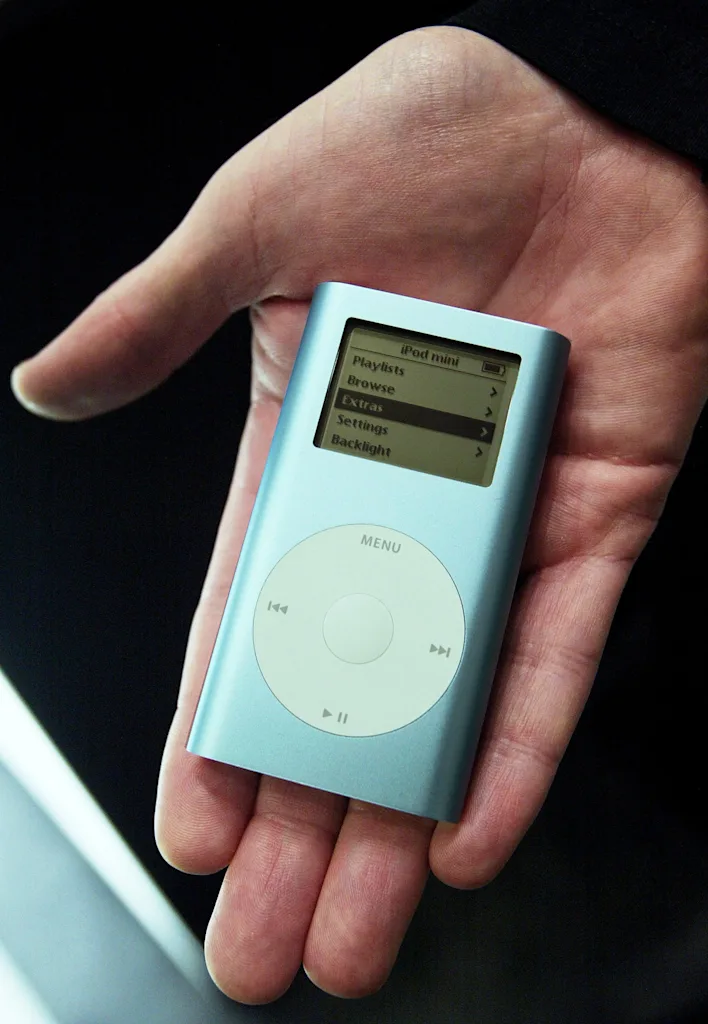
That thought experiment culminated with the first-generation iPod Shuffle. The iPod, at the end of the day, could be nothing more than the click wheel control living on a clip that needed no pocket at all. But that didn’t stop the release, in 2005, of a ridiculously enticing object: the thin and tall iPod Nano (so much smaller, thanks to flash storage).
This cadence of releases was parodied by SNL, but at the same time, we couldn’t get enough. Smaller, lighter, cheaper iPods democratized the platform and drove its profits to new heights. And critically speaking, you only needed to scope out the latest iPod—each a tantalizing new technological wonder—to realize its justification to exist.
The introduction of the MacBook Air—the iPhone Air’s namesake—in 2008 didn’t create as long and branching of a design lineage for Apple’s laptop line, but it was radical all the same. Its core innovation was a smaller motherboard developed in conjunction with Intel. The new design wasn’t just about a third of an inch thinner than earlier MacBooks overall; it also featured an elegantly tapered edge that gave it motion and harkened to its own implausibility.
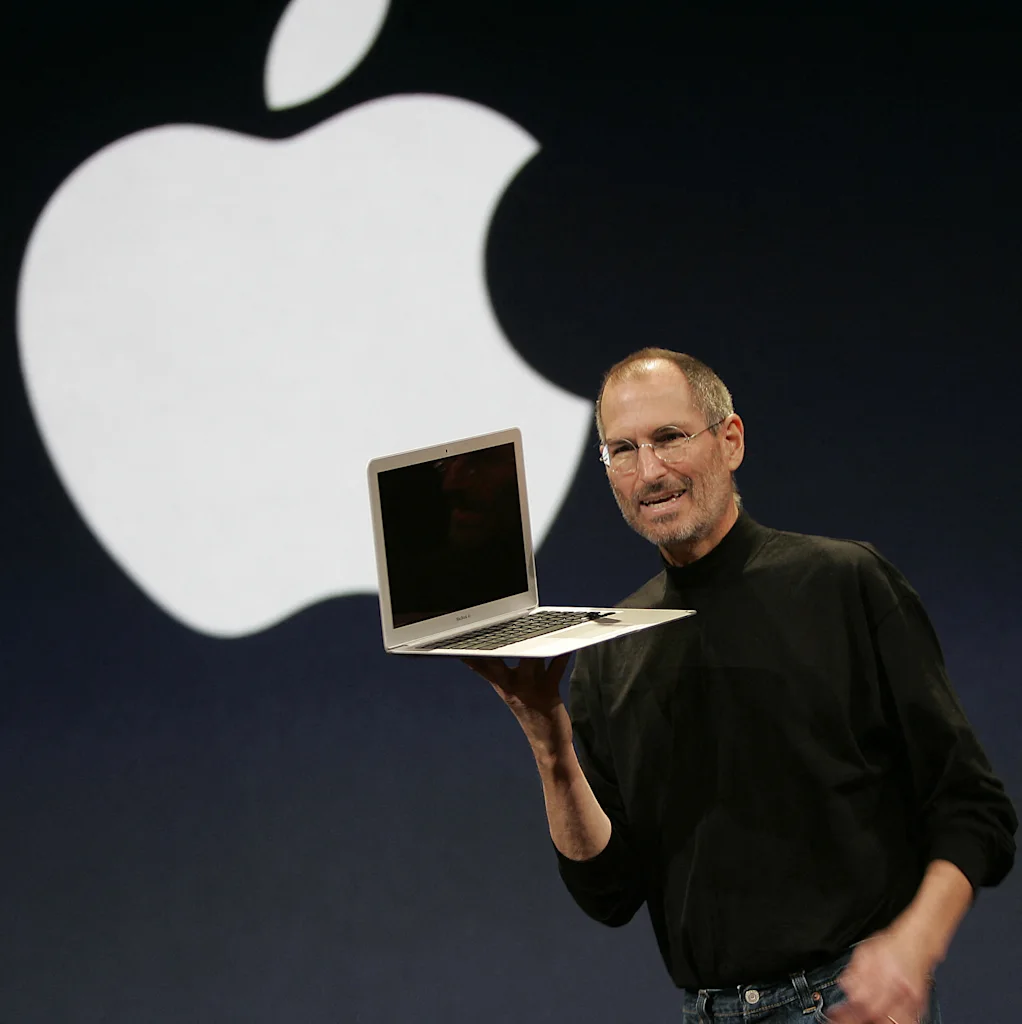
Oh, and it was also a full 2 pounds lighter.
Perceptually, the weight was what made it feel like something worthy of that Air namesake, as if we fast-forwarded 10 years into the future overnight. It was the difference between a 5-pound laptop and a 3-pound laptop—the difference between grabbing it with one hand or two.
Like the iPhone Air, the MacBook Air’s battery life and processing power didn’t keep up with Apple’s bigger models. But the gulf between its standard laptop and the Air was wide. It was so wide that it wiped out the budget mini laptop market at the time (a wave of tiny-screened laptops introduced by the Asus Eee), and prompted the entire PC industry to launch a wave of “ultraportable” thin laptops based upon much of the same core architecture.
Yes, incremental thinness drives the entire portable electronics industry. But in Apple’s hands, it’s often meant more. It’s been a tool for immediate and long-term categorical disruption.
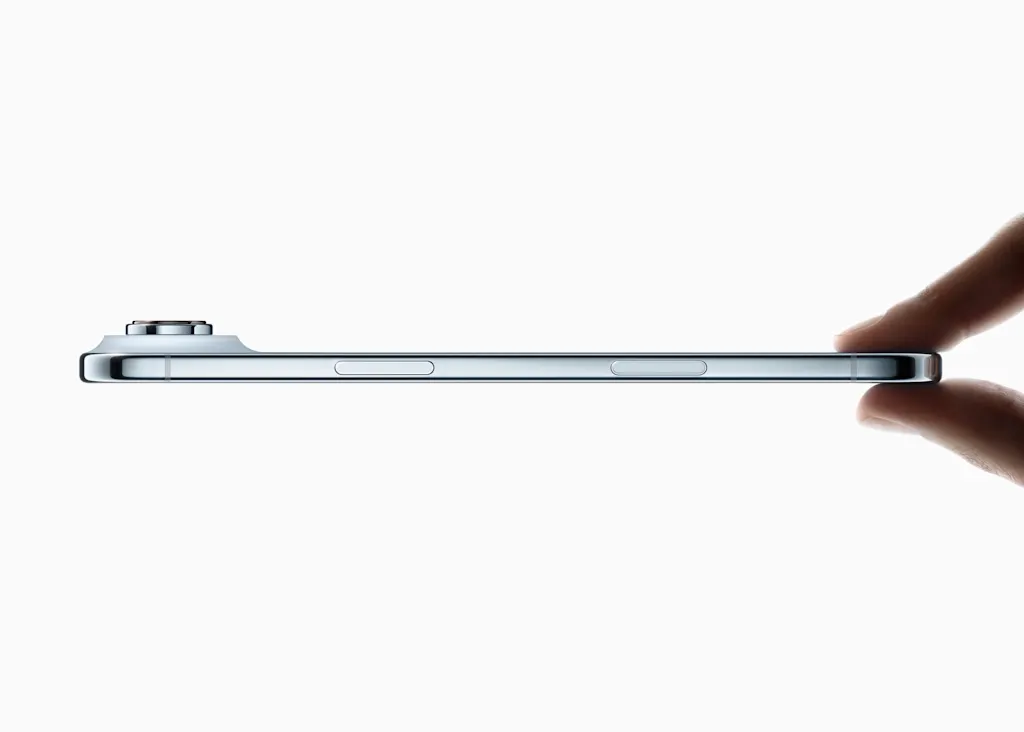
The iPhone Air is engineering, not design
Apple, at its best, used thinness to redefine what a product was and where it could go next. But the iPhone Air isn’t defining a new category of thin phones. (Incidentally, Samsung’s Galaxy S25 phone already offered an ultra-thin approach, which resulted in disappointing sales.) Apple’s most loyal fan base is concluding that, if nothing else, the Air is a peek at the future of thinner phones, or even a preview of a folding iPhone to come.
I don’t mind that Apple introduced a thinner iPhone. They do so every year. This one just happens to be thinner than usual. But I do mind that it failed to release a smaller iPhone before prioritizing other ideas—and that the iPhone Air does nothing to push forward the greater experience of using an iPhone.
Why didn’t Apple resurrect the beloved iPhone Mini—a phone that fits into pockets and has a smaller screen that can be easier on a thumb? I also can’t help but wonder: If Apple is reentering its gadget era, why aren’t we seeing explorations into the Mini/Nano/Shuffle versions of what the iPhone can be?
Maybe those explorations would be silly and misguided. But at least they’d be different. And at least they’d be interesting.
To me, the most notable hardware announcement of the day is that the AirPods Pro is getting a heart rate monitor, negating a major advantage of an Apple Watch and pointing to Apple’s greater ambitions in what an AI-infused headphone will be in just a few more years. The second is that the iPhone’s camera has a new sensor so that you can take a landscape photo in portrait mode—so media is just media, no matter how you’re holding the iPhone.
With the iPhone Air, Apple did not present a concept car of the future, which challenges the status quo or ushers in a new design language for the company. It didn’t imagine how AI and industrial design could merge into a radical, or even notable, new idea. Instead, it’s selling three iPhone models that are all ostensibly the same thing in different thicknesses.
Even if Apple purely wanted to focus on aesthetics—if it saw this as a moment to truly merge its industrial design with the UX of Liquid Glass—that could be interesting! Maybe functionally unimportant, but at least it’s a product with a point of view.
But the iPhone Air is like so much of what we see coming out of Apple these days: not made from the heart of innovation, but responding to the demands of shareholders curious when they’ll offer the same lineup of hardware we see from Samsung, Google, and Meta.
With the iPhone Air, Apple feels like it’s cosplaying Apple.












